In the article Why Early Spring Green Tea is Considered Superior?, we mainly discussed the numerous advantages of early spring Green Tea. In this piece, I will continue with the topic and provide answers to your questions about selecting green Tea.
Consumers should purchase tea from reputable tea production enterprises, tea houses, specialized tea shops, malls, supermarkets, and online stores.
The key points for selection are “four observations, one sniff, and one taste.”
1
Four Observations
The “four observations” refer to checking the label, shape, tenderness, and color.
Checking the Label
To check the label means examining the packaging label of the tea, primarily focusing on the food label and product certification marks.
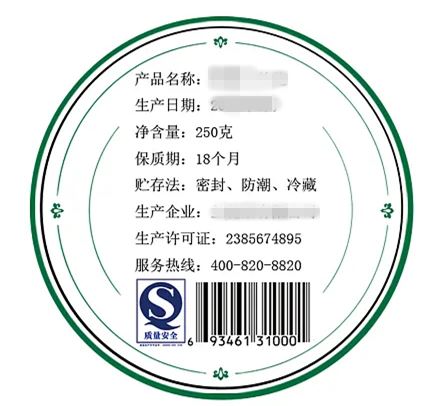
First, inspect if the product label on the tea packaging is properly labeled and contains all necessary elements. Focus on these seven elements:
(1) Product Name. Check what type of tea it is and what kind of tea is inside the package;
(2) Quality Grade. Check the grade of the tea inside the package;
(3) Net Weight. Check the weight of the tea in grams;
(4) Production Date;
(5) Expiry Date;
(6) Product Standard Code. Check if the standard code indicates a national (GB, GB/T), industry (NY, NY/T…), local (DB, DB/T), group (T), or enterprise (Q) standard;
(7) Manufacturer's name, address, and contact information. Check which company produced it and their contact details. Products from reputable manufacturers have all these elements on the label, and you should be cautious if any are missing.
Second, look for a Food Production License number (SC). A food production license number consists of SC (the abbreviation for “production” in Chinese pinyin) followed by 14 Arabic numerals. This license signifies that the enterprise has been reviewed and approved by the State Administration for Market Regulation, providing a certain level of assurance for the quality of the tea.
Finally, look for other certification marks, primarily those indicating non-polluted agricultural products, green foods, organic foods, and geographical indication protected products. If possible, choose organic or green food-certified teas. If the packaging carries a geographical indication protection mark, that's even better.
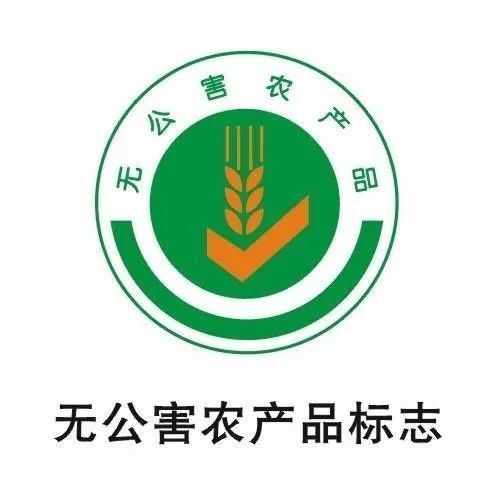
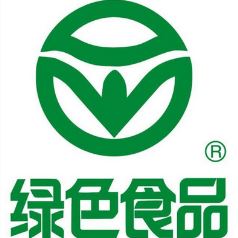
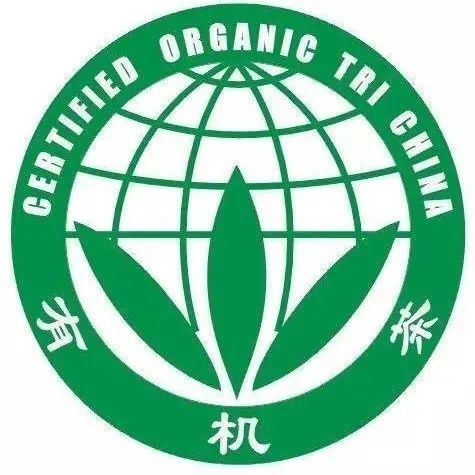

Observing the Shape
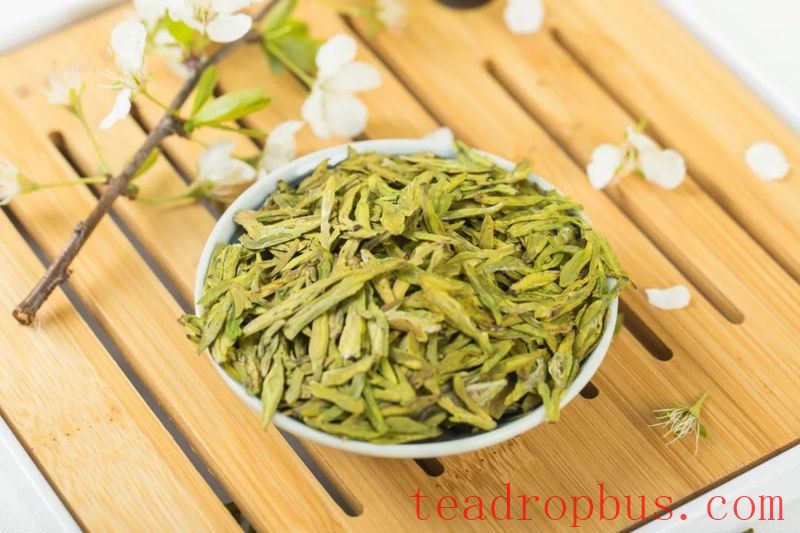
This involves observing the shape of the dried tea leaves. Typically, high-quality tea has distinct shapes, tightly bound strands, slender and uniform, intact and clean, without foreign substances. Coarse, uneven, and broken leaves indicate lower quality.
The main shapes of green tea include strip, round, flat, curled, and Orchid-like.
Strip-shaped green teas with fine, tight, and prominent tips are good. Round green teas with compact and solid shapes are of high quality. Curled green teas with tightly coiled strands and visible white down are superior. Flat, straight, smooth, and free of yellow spots and green leaves are desirable in orchid-shaped green teas.
Observing Tenderness
For green tea, the younger the raw material, the better the quality, as there is a saying that “picking three days earlier makes it a treasure, while picking three days later renders it no better than grass.”
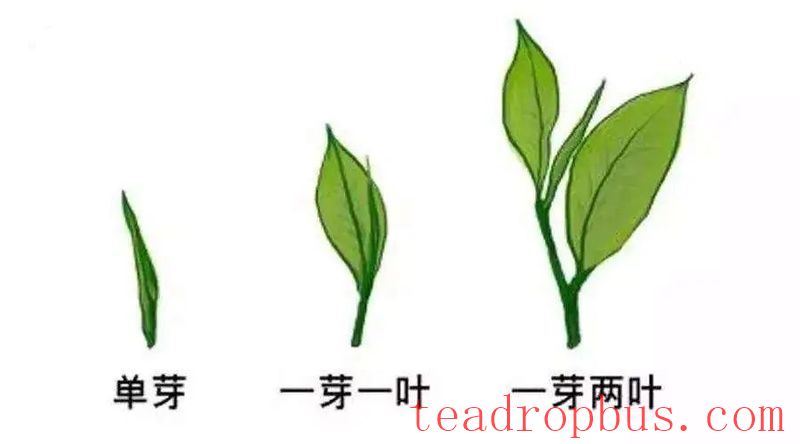
The tenderness of the tea materials ranges from buds, one bud and one leaf, one bud and two leaves, one bud and three leaves, interlaced leaves to older leaves, with tenderness decreasing accordingly. Early spring green teas with tightly bound strands, visible down or tips, and complete buds are tender.
Observing Color
Color is an important indicator of tea quality, with fresh, bright green being preferred over yellow, dull, or withered colors.
Color can be divided into the color of the dry tea, liquor, and infused leaves.
Green tea can have colors ranging from fresh green, verdant green, yellowish green, dark green, to blackish green. Generally, fresh, bright green is the best, followed by verdant green, then dark green and blackish green.
The color of the liquor is the color of the tea infusion, primarily evaluated based on its hue, clarity, and brightness, with fresh, bright green being the best, followed by clear green, then yellowish green.
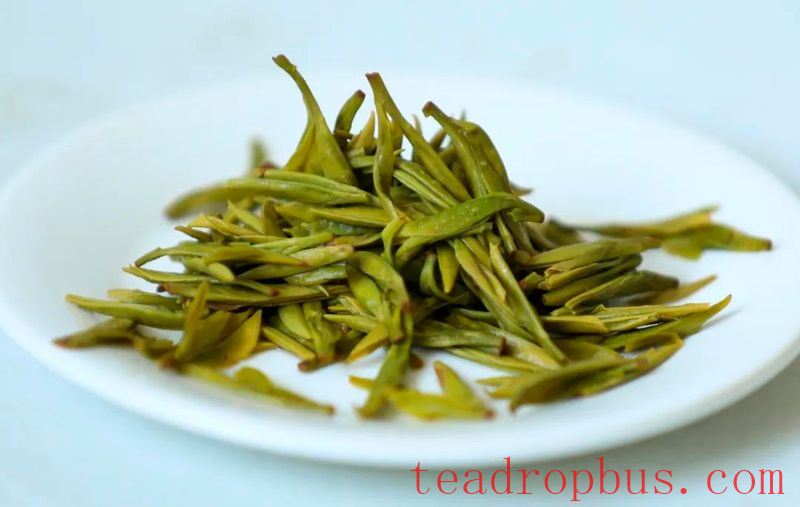
The infused leaves refer to the expanded tea residue after brewing, primarily evaluated based on tenderness, color, uniformity, and softness. High-quality green teas have a higher proportion of tender buds, soft texture, fresh, bright green color, and plump leaves.
2
One Sniff
The “one sniff” refers to smelling the aroma of the brewed tea, primarily evaluating the type, intensity, purity, and persistence of the aroma.
The main aromas of green tea include fresh, clear, nutty, chestnut, and floral. Generally, fresh, floral, high and sweet, and intense chestnut aromas are desirable.
3
One Taste

The “one taste” primarily involves tasting the liquor, evaluating the concentration, thickness, astringency, freshness, purity, and other aspects to determine the quality of the taste.
High-quality green teas have a fresh, mellow taste, with a tender and slightly sweet flavor. Green teas with heavy bitterness, a coarse and grassy taste, unpleasant flavors, or impurities are of lower quality.
After eliminating 50% through the “four observations,” another 30% through the “one sniff,” and finally selecting the most appealing taste through the “one taste,” you can find the symphony that suits you among the audio-visual feast of green teas! Have you learned how to do it?

About the Author
Lu Chengyin, Researcher
Chief Science Communicator of China Association for Science and Technology
Chairman of the National Tea Industry Innovation Strategic Alliance
Chief Scientist of the Tea Quality and Risk Assessment Innovation Team at the Chinese Academy of Agricultural Sciences
If there is any infringement, please contact us for removal.